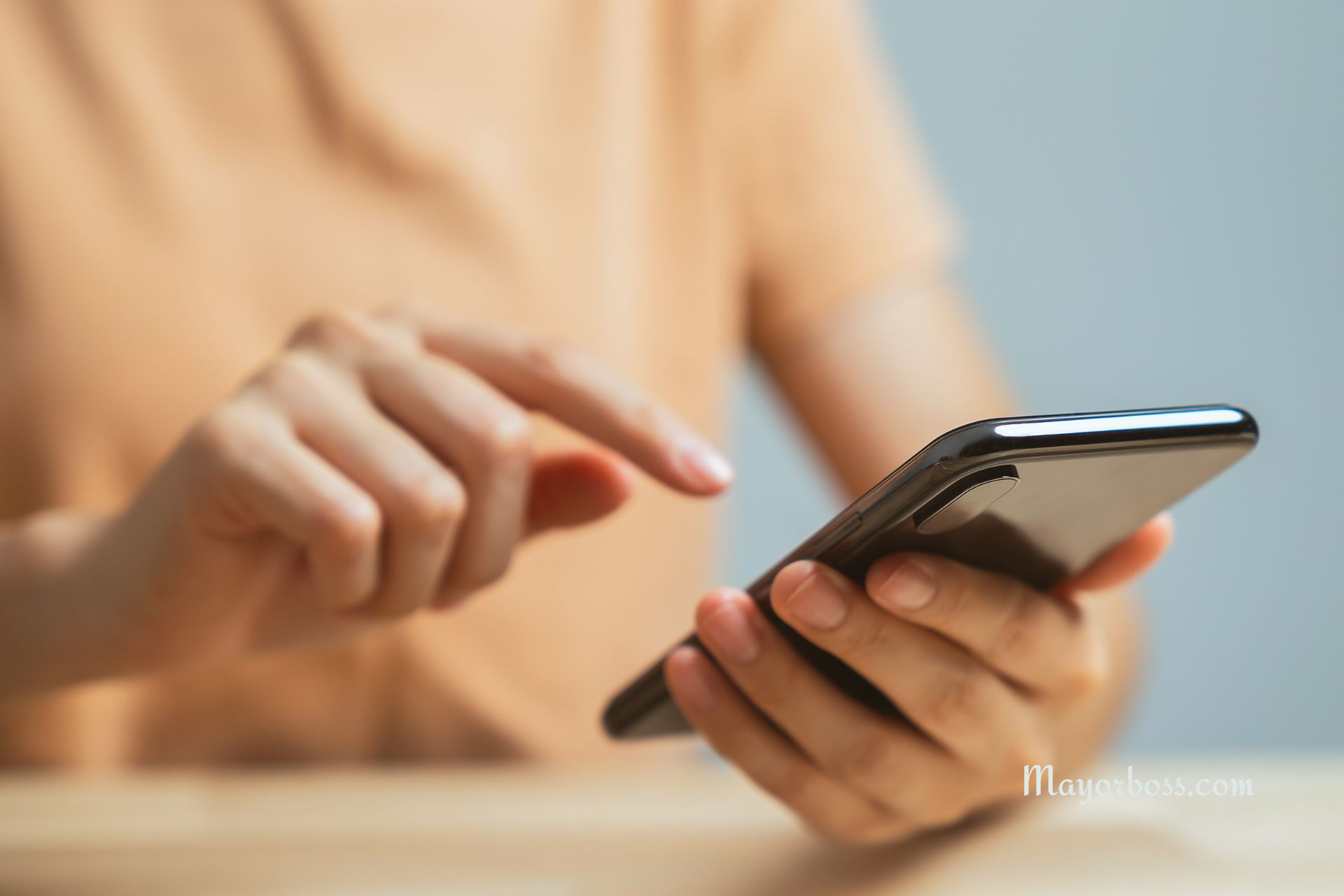Stop Smartphone Hand Pain! Simple Tricks for Comfortable Phone Use
Modern smartphones have become indispensable tools in our daily lives. However, the convenience they provide comes with a potential downside: hand pain. Prolonged and repetitive use of smartphones can strain the delicate muscles, tendons, and nerves within your hands and wrists. This article delves into understanding the causes of smartphone hand pain and offers practical solutions to make your phone time more comfortable.

What is Smartphone Hand Pain?
Here are some common conditions caused by excessive or improper smartphone use:
- “Texting Thumb” (De Quervain’s Tenosynovitis): Repetitive thumb movements while texting or gaming can inflame the tendons on the thumb side of your wrist. This is known as “texting thumb.” Symptoms include pain at the base of your thumb, swelling, and difficulty gripping objects.
- Trigger Finger (Stenosing Tenosynovitis): Prolonged gripping of your phone can lead to a trigger finger, where a finger gets stuck in a bent position and may then straighten with a snap. You might experience swelling, pain, and stiffness as well.
- Smartphone Pinky: Over time, constantly resting your phone on your pinky finger can cause discomfort, numbness, or even deformity.
- Carpal Tunnel Syndrome: While not directly caused by smartphone use, existing carpal tunnel syndrome, a condition where a nerve in your wrist is compressed, can be worsened by repetitive strain. Symptoms include numbness, tingling, and weakness in the hand.
Simple Strategies to Minimize Hand Pain
Let’s look at easy tactics to change your smartphone habits for better hand health:
1. Take Frequent Breaks
Put down the phone for a few minutes every half hour. Shake out your hands, flex your wrists, and relax your fingers to ease tension.
2. Improve Your Posture and Grip
- Sit Up Straight: Good posture while using your phone relieves strain on your neck, shoulders, and wrists.
- Support Your Arms: Rest your elbows on a table or prop them up with pillows. Use your other hand to support your phone-holding hand.
- Relax Your Grip: Don’t hold your phone too tightly, as this puts extra pressure on your muscles.
3. Switch Hands and Use Different Fingers
- Alternate Hands: Switch the hand that holds your phone periodically to distribute the workload evenly.
- Utilize Other Fingers: Type and scroll with different fingers, especially your index finger, instead of relying solely on your thumbs.
4. Explore Alternative Input Methods
- Voice Typing: Dictate texts and emails using your phone’s voice-to-text feature, allowing your hands to rest.
- Stylus: Use a stylus pen for more precise touch control, as it requires less strenuous finger movements.
- External Keyboards: For lengthy typing, connect a Bluetooth keyboard to your smartphone for a more ergonomic experience.
5. Optimize Your Phone and Apps
- Font Size: Increase the font size for better readability and to reduce strain on your eyes.
- Brightness: Adjust your smartphone’s brightness to reduce eye strain, which can indirectly affect hand tension.
- Accessibility Features: Many phones have built-in features like one-handed mode or screen magnification for easier use.
6. Hand Exercises and Stretches
- Wrist Flexes and Extensions: Simply bend your wrist forward and backward.
- Finger Stretches: Spread your fingers wide and slowly make a fist.
- Thumb Circles: Draw small circles in the air using your thumb.
Frequently Asked Questions (FAQs)
Q1. Should I use smartphone gloves or braces? A. While they may offer some support, it’s best to focus on changing your phone habits and improving your posture.
Q2. Can hand pain from smartphone use become permanent? A. Ignoring the pain could lead to chronic conditions. It’s essential to take breaks and practice preventive measures. If pain persists, consult a doctor.
Q3. I use my phone for work. How can I avoid hand pain? A. Consider alternative input methods, take breaks, and optimize work apps to minimize strain.
